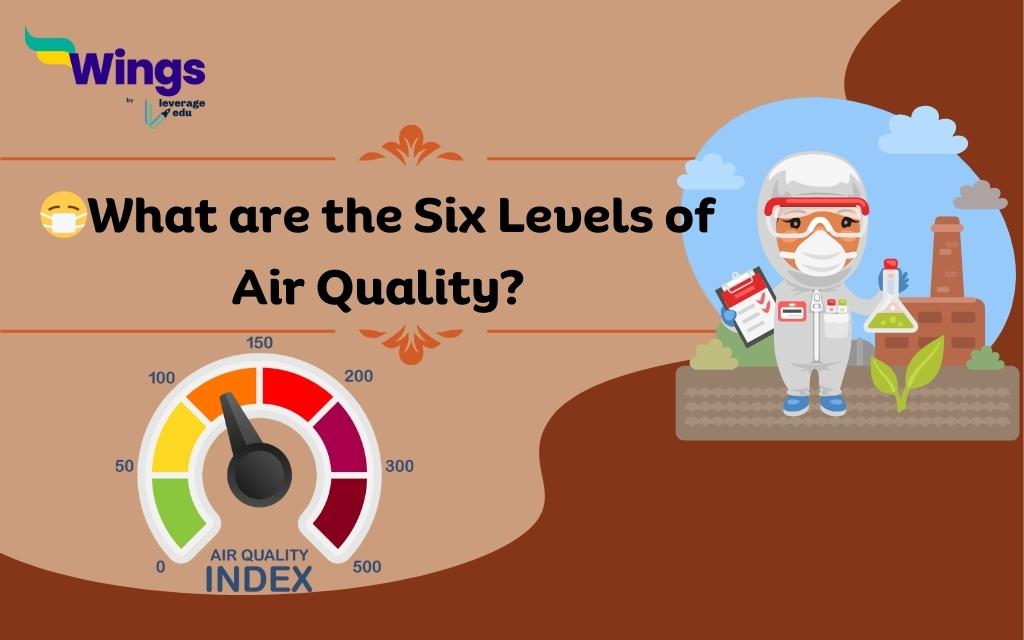The Air Quality Index indicates the quality or levels of pollutants present in the air. Increasing pollution increases the air quality index. The AQI meter can measure the AQI in three digits. Pollutants such as PM 2.5 or PM 10 are hazardous to the environment. Pollutants refer to the solid particles mixed with water droplets in the air. There are different levels of air quality that can be measured to judge the severity of the condition. Stay tuned and read this article to learn about What are the six levels of Air Quality, also know about the reason behind high AQI and what measures can be taken to improve the Air Quality Index!
Also Read: Essay on Pollution
6 Levels of Air Quality Index Standards
The Air Quality Index is affected by the 6 main pollutants in the air. As per EPA, these 6 major pollutants are listed below:
- Ozone
- Carbon Monoxide
- PM 2.5
- PM 10
- Sulphur Dioxide
- Nitrogen Dioxide
These pollutants also have their fixed standards for measuring the AQI.
Various levels of the Air Quality Index in a tabular form are given below:
| Level of AQI | Level of Concern | Effect | Colour |
| 0-50 | Good | No risk, good atmosphere | Green |
| 51-100 | Moderate | Acceptable air quality with very little harm to sensitive people only. | Yellow |
| 101-150 | Unhealthy for sensitive people | Only unhealthy people get affected and general people can tolerate this AQI. | Orange |
| 150-200 | Unhealthy | General people get a little bit affected whereas, sensitive people suffer respiratory issues. | Red |
| 201-300 | Very Unhealthy | This is a condition of health alert because everyone gets affected due to high air pollution. | Purple |
| 301-500 | Hazardous | Health warning of emergency condition. | Maroon |
NOTE: AQI less than 100 is considered safe. Increasing AQI above 100 causes health issues.
Why is the Air Quality Unhealthy Today?
The AQI level above 100 is considered as unhealthy. Air Quality is unhealthy due to increasing population and pollution. Excessive use of automobiles discharges high amounts of pollution into the air leading to an increase in AQI levels. Apart from this disasters such as forest burns, the release of smoke from the industrial areas, the burning of firecrackers at Diwali, climatic changes, etc also cause the AQI unhealthy today.
Also Read: What are the different types of Water Pollution?
What to do When Air Quality is Unhealthy?
It is important to protect the environment and yourself from high AQI. When the air quality is unhealthy follow the given points to decrease air pollution:
- Try to stay indoors as much as possible
- Avoid using vehicles
- Rely on public transport
- Wear a mask when going outside
- Support public policies to improve air quality.
Relevant Blogs
FAQs
The 6 categories of AQI are good, moderate, unhealthy for sensitive people, unhealthy, very unhealthy, and hazardous.
The six major classes of pollutants are PM 2.5, PM 10, Nitrogen dioxide, Sulphur dioxide, Carbon monoxide, and ground-level ozone.
The safe AQI range is 0-100.
For more information on such interesting topics, visit our trending events page and follow Leverage Edu.
 One app for all your study abroad needs
One app for all your study abroad needs














